what is this gorgeous shrub???
Maeflower
15 years ago
Related Stories
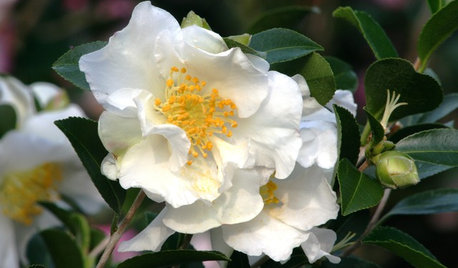
WINTER GARDENING6 Flowers for Gorgeous Winter Garden Color
Blooming beauties can be yours from January through March — just take your pick from these bulbs, shrubs and even a tree
Full Story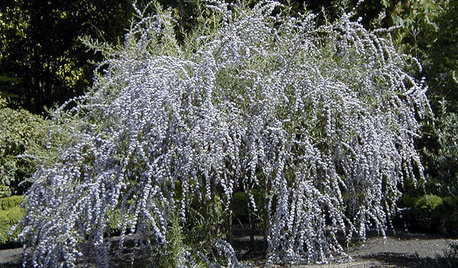
GARDENING AND LANDSCAPINGVase Shapes Set Shrubs Apart
Billowing on top and slender on the bottom, shrubs in a vase shape showcase blooms and foliage to perfection in the landscape
Full Story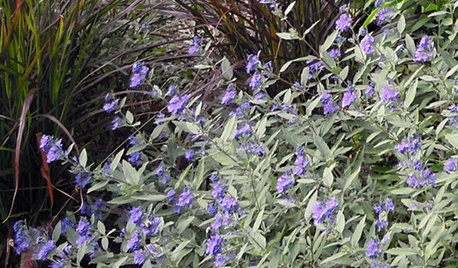
SHRUBS5 Glorious Late-Season Shrubs
Spilling over with berries or bursting with blooms, these stunning underused shrubs keep the garden party going through fall
Full Story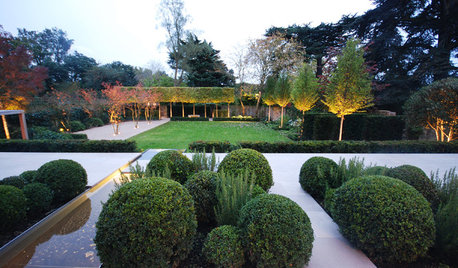
GARDENING GUIDES7 Ways to Rethink the Shrub
These versatile plants can do more than frame your home’s foundation or line an entry walk
Full Story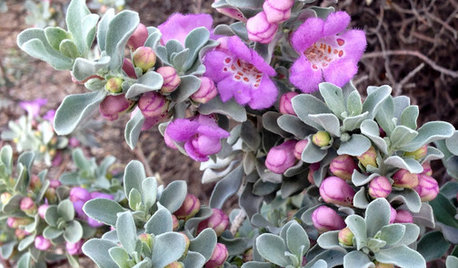
GARDENING GUIDES10 Essential Native Shrubs for Southwestern Gardens
Look no further than these Southwestern beauties for a colorful, low-maintenance landscape
Full Story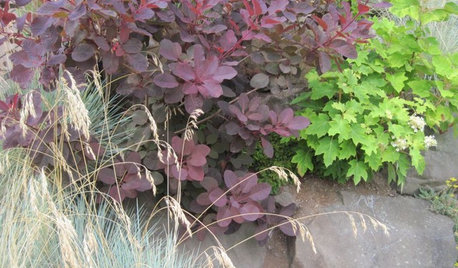
PURPLE FOLIAGE5 Purple-Leaf Majesties of Shrubs
Looking for beautiful depth and dynamism in your landscape? Just add purple
Full Story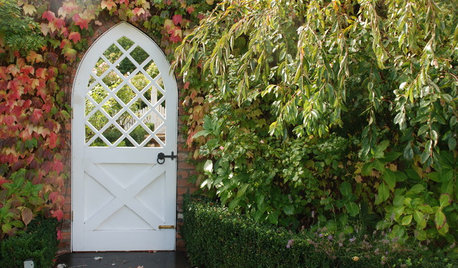
CURB APPEAL10 Gorgeous Gates That Make a Stylish Statement
From wrought iron masterpieces to simple wooden designs, there’s a gate for any garden
Full Story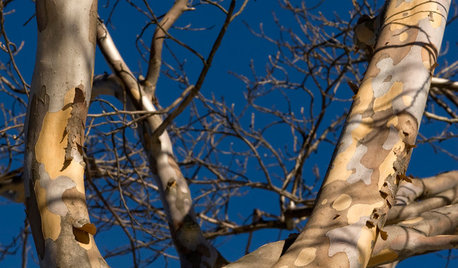
WINTER GARDENING8 Gorgeous Trees for Winter Interest in the Garden
Intriguing forms and beautiful branches take center stage when color heads back into the wings of the winter landscape
Full Story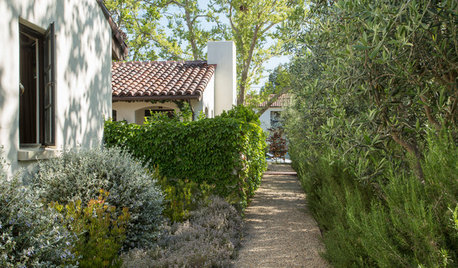
EVENTSTour 5 Gorgeous California Gardens
Get a sneak preview of Palo Alto gardens in the 2015 Gamble Garden Spring Tour, happening Friday and Saturday
Full Story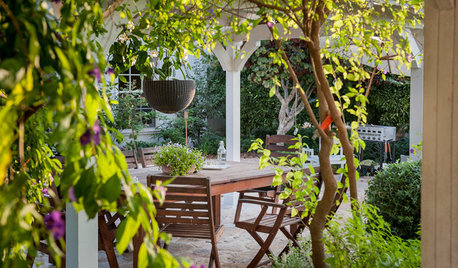
MOST POPULARUnwind With 30 Gorgeous Garden Retreats
Houzz users share their favorite spots for relaxing, meditating and spending time with family and friends
Full StorySponsored






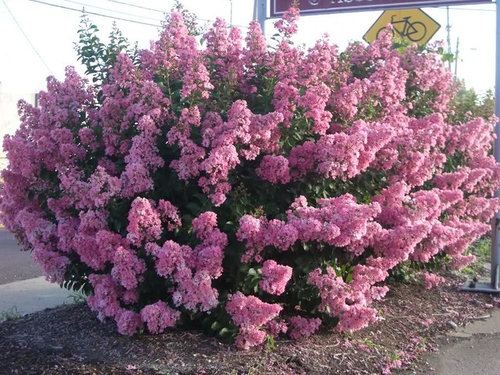
Nell Jean
midnightsmum (Z4, ON)
Related Professionals
Parole Landscape Architects & Landscape Designers · Allentown Landscape Contractors · Tempe Landscape Contractors · Braintree Landscape Contractors · Hayward Landscape Contractors · Hendersonville Landscape Contractors · Wentzville Landscape Contractors · Palos Heights Landscape Contractors · Charlotte Roofing & Gutters · Vista Park Roofing & Gutters · Colonia Roofing & Gutters · Agoura Siding & Exteriors · Honolulu Siding & Exteriors · Wilmington Siding & Exteriors · Wilmington Siding & Exteriorsdavisgard
natvtxn
libbyshome
MaeflowerOriginal Author
Annie
Eduarda
fammsimm
DYH
midnightsmum (Z4, ON)
gottagarden
reginaz
fammsimm
todancewithwolves
remy_gw
DYH
Nell Jean
todancewithwolves
donnagwd
Bamateacha
Nell Jean